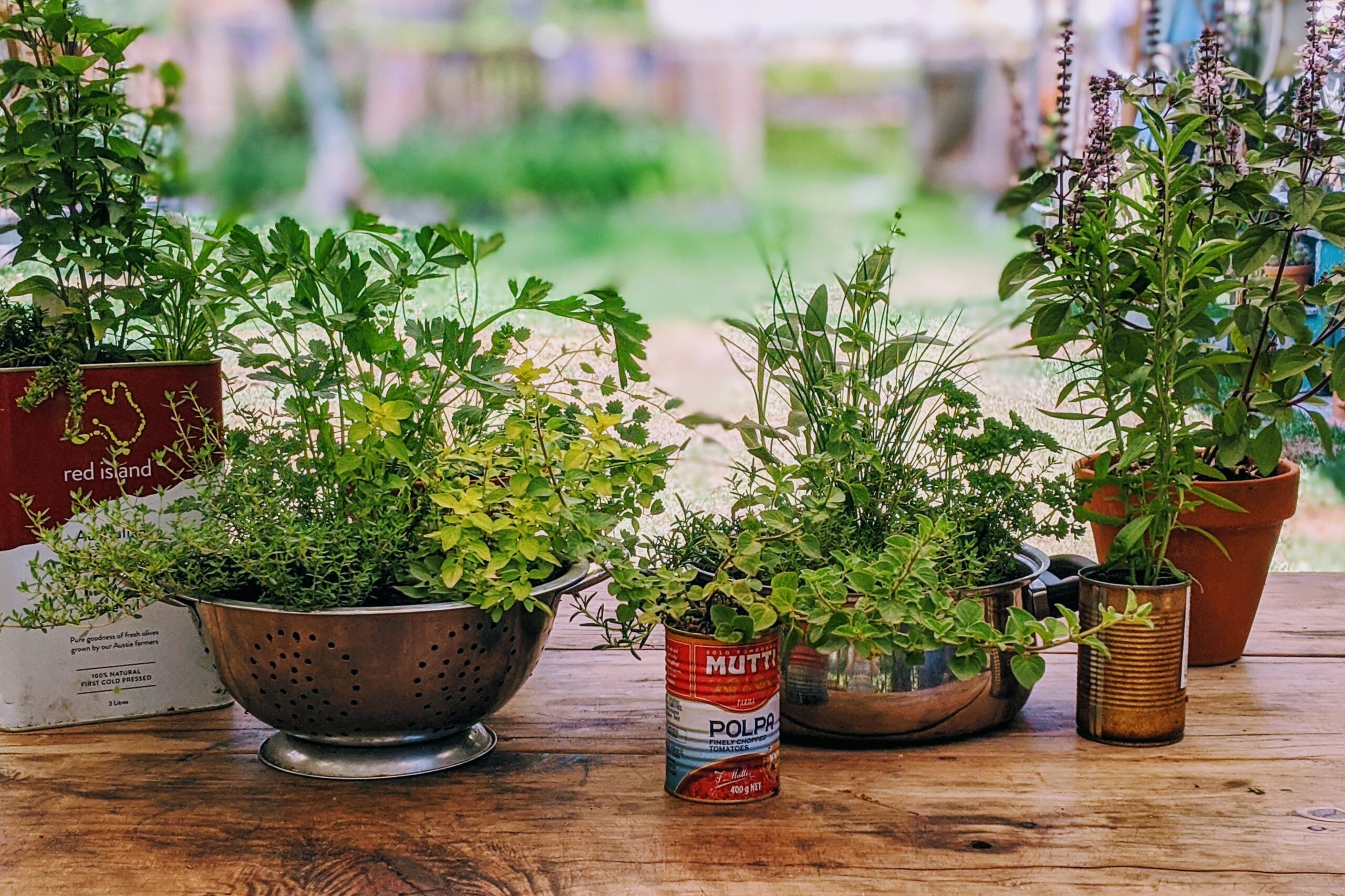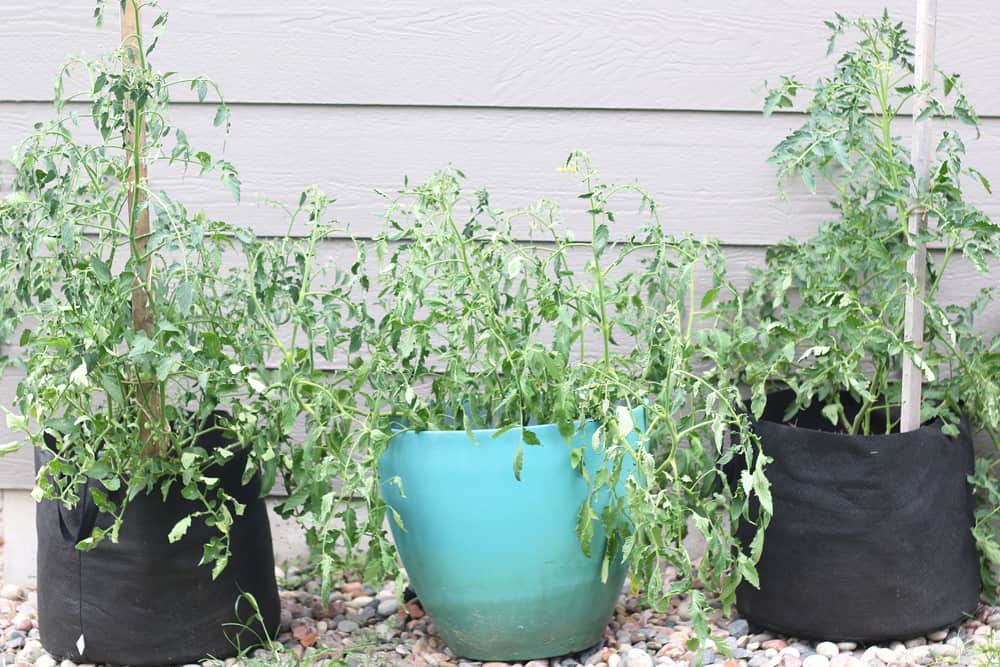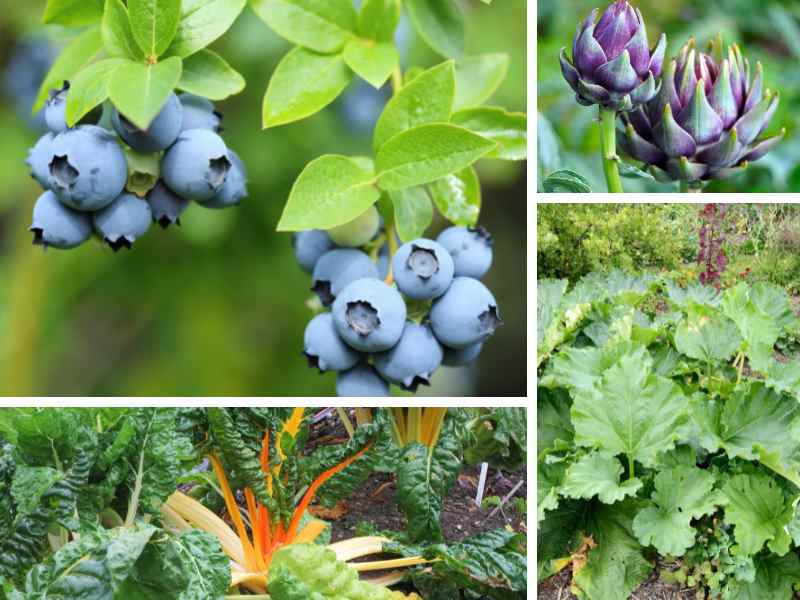
Embarking on a Journey to Sustainable Garden Pond Construction
Imagine stepping into your backyard and being greeted by the tranquil sounds of trickling water, the vibrant colors of aquatic plants, and the lively activity of pond life. A garden pond is more than just a water feature; it’s a miniature ecosystem, a haven for biodiversity, and a source of endless fascination. But creating a pond that is both beautiful and environmentally responsible requires careful planning and execution. This comprehensive guide will walk you through the process of sustainable garden pond construction, ensuring that your pond thrives for years to come while minimizing its impact on the environment. We’ll explore everything from initial planning and design considerations to material selection, construction techniques, and ongoing maintenance practices, all with a focus on sustainability.
Why Choose a Sustainable Garden Pond?
Before diving into the specifics, let’s consider the compelling reasons to prioritize sustainability in your pond construction. A sustainable approach not only benefits the environment but also enhances the longevity and enjoyment of your pond.
Environmental Benefits
- Reduced Water Consumption: Sustainable ponds often incorporate rainwater harvesting and efficient water circulation systems, minimizing the need for municipal water.
- Habitat Creation: A well-designed pond provides a vital habitat for a variety of creatures, including frogs, dragonflies, birds, and beneficial insects. This contributes to local biodiversity.
- Reduced Chemical Use: By focusing on natural filtration and biological balance, sustainable ponds minimize or eliminate the need for harmful chemicals to control algae and maintain water clarity.
- Carbon Sequestration: Aquatic plants absorb carbon dioxide from the atmosphere, helping to mitigate climate change.
Personal Benefits
- Enhanced Aesthetic Appeal: A naturally balanced pond is often more visually appealing than a chemically treated one, with clear water, thriving plants, and vibrant wildlife.
- Reduced Maintenance: Sustainable ponds are designed to be self-regulating, requiring less frequent cleaning and maintenance than conventional ponds.
- Increased Property Value: A well-designed and maintained garden pond can significantly increase the value of your property.
- Therapeutic Benefits: The sights and sounds of a garden pond can be incredibly relaxing and therapeutic, providing a peaceful escape from the stresses of daily life.
Planning Your Sustainable Pond: The Foundation for Success
The planning phase is crucial for the success of any garden pond, but it’s especially important for a sustainable one. Careful consideration of your site, design, and intended uses will ensure that your pond is both beautiful and environmentally responsible.
Site Assessment
Begin by thoroughly assessing your site. Consider the following factors:
- Sunlight: How much sunlight does the area receive each day? Most aquatic plants require at least six hours of sunlight to thrive.
- Shade: Are there any trees or buildings that will cast shade on the pond? While some shade can be beneficial, too much can inhibit plant growth.
- Soil Type: What type of soil do you have? Clay soil is ideal for holding water, while sandy soil will require a liner.
- Water Source: Where will you get your water? Consider rainwater harvesting as a sustainable option.
- Drainage: How will excess water drain away from the pond? Proper drainage is essential to prevent flooding.
- Proximity to Utilities: Are there any underground utilities in the area? Contact your local utility company before digging.
- Slope: Is the site level or sloped? A slight slope can be beneficial for drainage.
Design Considerations
Once you’ve assessed your site, you can begin to design your pond. Consider the following factors:
- Size and Shape: How large do you want your pond to be? What shape will best complement your landscape? Naturalistic shapes tend to be more aesthetically pleasing and provide more diverse habitats.
- Depth: How deep should your pond be? Different depths are required for different aquatic plants and animals. A pond with varying depths will support a wider range of life. Aim for at least 2 feet in the deepest part to allow fish to survive the winter in colder climates.
- Edge Treatment: How will you finish the edges of your pond? Natural stone, gravel, or planting shelves can create a seamless transition between the pond and the surrounding landscape.
- Water Circulation: How will you circulate the water in your pond? A pump and filter system is essential for maintaining water quality. Consider a solar-powered pump for a sustainable option.
- Filtration: What type of filtration system will you use? A combination of mechanical, biological, and chemical filtration is ideal. However, for sustainable ponds, emphasize mechanical and biological methods.
- Plant Selection: What types of aquatic plants will you use? Choose native plants that are well-suited to your climate and provide food and shelter for wildlife.
- Wildlife Considerations: What types of wildlife do you want to attract to your pond? Consider adding features such as rocks, logs, and shallow areas to provide habitat.
Sustainable Design Principles
Incorporate these principles into your pond design to maximize its sustainability:
- Minimize Disturbance: Design your pond to minimize disturbance to the existing landscape. Preserve as much of the natural vegetation as possible.
- Use Native Materials: Use locally sourced materials for your pond construction. This reduces transportation costs and supports local businesses.
- Conserve Water: Design your pond to minimize water loss through evaporation and leakage. Use a pond liner to prevent water from seeping into the ground.
- Promote Biodiversity: Design your pond to provide habitat for a variety of aquatic plants and animals. This will create a more resilient and self-regulating ecosystem.
- Reduce Chemical Use: Design your pond to minimize the need for chemicals. Use natural filtration methods and choose plants that are resistant to pests and diseases.
Material Selection: Choosing Eco-Friendly Options
The materials you choose for your pond construction will have a significant impact on its sustainability. Opt for eco-friendly options whenever possible to minimize your environmental footprint.
Pond Liners
A pond liner is essential for preventing water from seeping into the ground. Choose a liner that is durable, flexible, and non-toxic.
- EPDM Rubber: EPDM (ethylene propylene diene monomer) rubber is a synthetic rubber that is widely used for pond liners. It is durable, flexible, and resistant to UV damage. EPDM liners are also relatively affordable.
- PVC: PVC (polyvinyl chloride) is a synthetic plastic that is also used for pond liners. It is less expensive than EPDM but is also less durable and less flexible. PVC liners can also leach harmful chemicals into the water. Avoid using PVC if possible.
- Clay: Clay is a natural material that can be used to line ponds. It is environmentally friendly and can create a very natural-looking pond. However, clay liners can be difficult to install and maintain. They are also not suitable for all soil types.
- Concrete: Concrete can be used to create a very durable and long-lasting pond. However, it is also very expensive and requires specialized skills to install. Concrete ponds can also be difficult to modify or repair.
Rocks and Gravel
Rocks and gravel are used to line the edges of the pond, create planting shelves, and provide habitat for aquatic creatures. Choose natural stone and gravel that is locally sourced.
- Natural Stone: Natural stone is a beautiful and durable material that can be used to create a very natural-looking pond. Choose stones that are native to your area to minimize your environmental impact.
- Gravel: Gravel is used to create planting shelves and provide habitat for aquatic creatures. Choose gravel that is free of sharp edges and that will not leach harmful chemicals into the water.
- Recycled Materials: Consider using recycled materials such as crushed concrete or recycled glass to line the edges of your pond. This can help to reduce waste and conserve resources.
Pumps and Filters
A pump and filter system is essential for maintaining water quality. Choose a pump that is energy-efficient and a filter that is effective at removing debris and pollutants.
- Energy-Efficient Pumps: Choose a pump that is designed to use as little energy as possible. Look for pumps that are labeled with the Energy Star logo.
- Solar-Powered Pumps: Consider using a solar-powered pump to reduce your reliance on fossil fuels. Solar-powered pumps are ideal for small to medium-sized ponds.
- Mechanical Filters: Mechanical filters remove debris such as leaves, twigs, and algae from the water. Choose a filter that is easy to clean and maintain.
- Biological Filters: Biological filters use beneficial bacteria to break down pollutants in the water. Choose a filter that provides a large surface area for bacteria to colonize.
- UV Sterilizers: UV sterilizers use ultraviolet light to kill algae and bacteria in the water. While effective, they consume energy and disrupt the natural balance. Use sparingly if necessary.
Plants
Aquatic plants are essential for creating a healthy and sustainable pond ecosystem. Choose native plants that are well-suited to your climate and provide food and shelter for wildlife.
- Native Plants: Native plants are adapted to the local climate and soil conditions, making them easier to grow and maintain. They also provide food and shelter for native wildlife.
- Oxygenating Plants: Oxygenating plants release oxygen into the water, which is essential for aquatic life. Examples include Anacharis, Hornwort, and Cabomba.
- Floating Plants: Floating plants provide shade and help to reduce algae growth. Examples include Water Lilies, Water Hyacinth, and Duckweed.
- Marginal Plants: Marginal plants grow along the edges of the pond and provide habitat for aquatic creatures. Examples include Iris, Cattails, and Pickerelweed.
Construction Techniques: Building a Sustainable Pond
Once you have your plan and materials in place, you can begin construction. Follow these techniques to build a sustainable pond that will thrive for years to come.
Excavation
Begin by excavating the pond to the desired size and shape. Be sure to slope the sides of the pond to prevent erosion. Remove any rocks or debris that could puncture the pond liner.
- Marking the Outline: Use stakes and string to mark the outline of the pond.
- Digging the Pond: Use a shovel or excavator to dig the pond to the desired depth. Create planting shelves at different depths to accommodate a variety of aquatic plants.
- Compacting the Soil: Compact the soil at the bottom of the pond to create a firm base for the liner.
Liner Installation
Install the pond liner according to the manufacturer’s instructions. Be sure to smooth out any wrinkles or folds in the liner.
- Underlayment: Install an underlayment beneath the liner to protect it from punctures. Old carpet or geotextile fabric can be used as underlayment.
- Liner Placement: Carefully place the liner in the pond, smoothing out any wrinkles or folds.
- Securing the Liner: Secure the edges of the liner with rocks or gravel.
Plumbing Installation
Install the pump and filter system according to the manufacturer’s instructions. Be sure to bury any pipes or electrical wires to protect them from the elements.
- Pump Placement: Place the pump in the deepest part of the pond.
- Filter Placement: Place the filter in a location where it is easily accessible for cleaning and maintenance.
- Pipe Connections: Connect the pipes to the pump and filter system, ensuring that all connections are tight and leak-proof.
Planting
Plant aquatic plants in the pond. Be sure to use aquatic planting baskets to prevent the plants from spreading too aggressively.
- Planting Baskets: Use aquatic planting baskets to contain the roots of the plants and prevent them from spreading.
- Planting Medium: Use a heavy clay soil or aquatic planting medium. Avoid using potting soil, which can leach nutrients into the water and promote algae growth.
- Planting Depth: Plant the plants at the appropriate depth for their species.
Filling the Pond
Fill the pond with water. If possible, use rainwater or well water. Avoid using chlorinated tap water, which can harm aquatic life.
- Water Source: Use rainwater, well water, or dechlorinated tap water.
- Filling Process: Fill the pond slowly to allow the liner to settle.
- Water Testing: Test the water quality to ensure that it is suitable for aquatic life.
Maintaining Your Sustainable Pond: Long-Term Care
Once your pond is complete, it’s important to maintain it properly to ensure that it remains healthy and sustainable.
Water Quality Monitoring
Regularly monitor the water quality of your pond. Test for pH, ammonia, nitrite, and nitrate levels. Adjust the water chemistry as needed.
- pH Levels: Maintain a pH level between 6.5 and 8.5.
- Ammonia and Nitrite Levels: Keep ammonia and nitrite levels as close to zero as possible.
- Nitrate Levels: Keep nitrate levels below 20 ppm.
Algae Control
Algae growth is a common problem in garden ponds. Control algae growth by using natural methods such as adding aquatic plants, introducing algae-eating fish, and using a UV sterilizer.
- Aquatic Plants: Aquatic plants compete with algae for nutrients and sunlight.
- Algae-Eating Fish: Introduce algae-eating fish such as Koi or Goldfish to control algae growth.
- UV Sterilizers: Use a UV sterilizer to kill algae in the water.
Debris Removal
Regularly remove debris such as leaves, twigs, and algae from the pond. This will help to prevent the buildup of organic matter and maintain water quality.
- Skimming: Use a skimmer net to remove debris from the surface of the pond.
- Vacuuming: Use a pond vacuum to remove debris from the bottom of the pond.
- Pruning: Prune aquatic plants as needed to remove dead or decaying leaves.
Winterizing
In colder climates, it’s important to winterize your pond to protect aquatic life from freezing temperatures.
- Remove Debris: Remove any debris from the pond before winter.
- Ice Prevention: Use a pond heater or aerator to prevent the pond from freezing solid.
- Plant Protection: Move tender aquatic plants indoors for the winter.
Troubleshooting Common Pond Problems
Even with careful planning and maintenance, you may encounter some common pond problems. Here’s how to troubleshoot them:
Green Water
Green water is caused by an overgrowth of algae. To fix green water, increase water circulation, add more aquatic plants, and reduce nutrient levels.
Cloudy Water
Cloudy water can be caused by a variety of factors, including suspended particles, excessive algae growth, and poor filtration. To fix cloudy water, improve filtration, add a clarifying agent, and reduce nutrient levels.
Fish Diseases
Fish diseases can be caused by poor water quality, stress, and parasites. To prevent fish diseases, maintain good water quality, provide a healthy diet, and quarantine new fish before introducing them to the pond.
The Rewarding Outcome of a Sustainable Garden Pond
Building a sustainable garden pond is an investment in your property, your well-being, and the environment. By following the steps outlined in this guide, you can create a beautiful and thriving ecosystem that will provide years of enjoyment. From planning and design to material selection and maintenance, every aspect of your pond can be approached with sustainability in mind. Embrace the opportunity to create a haven for wildlife, a source of tranquility, and a testament to your commitment to environmental stewardship. Enjoy the beauty and serenity of your sustainable garden pond, knowing that you have created something truly special and beneficial for all.



